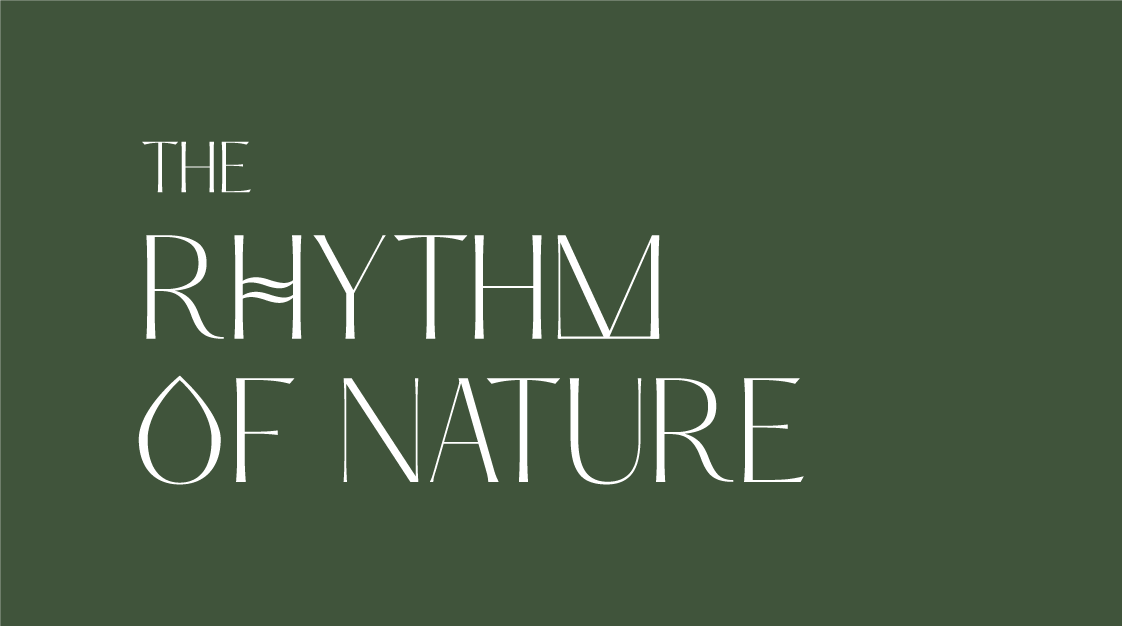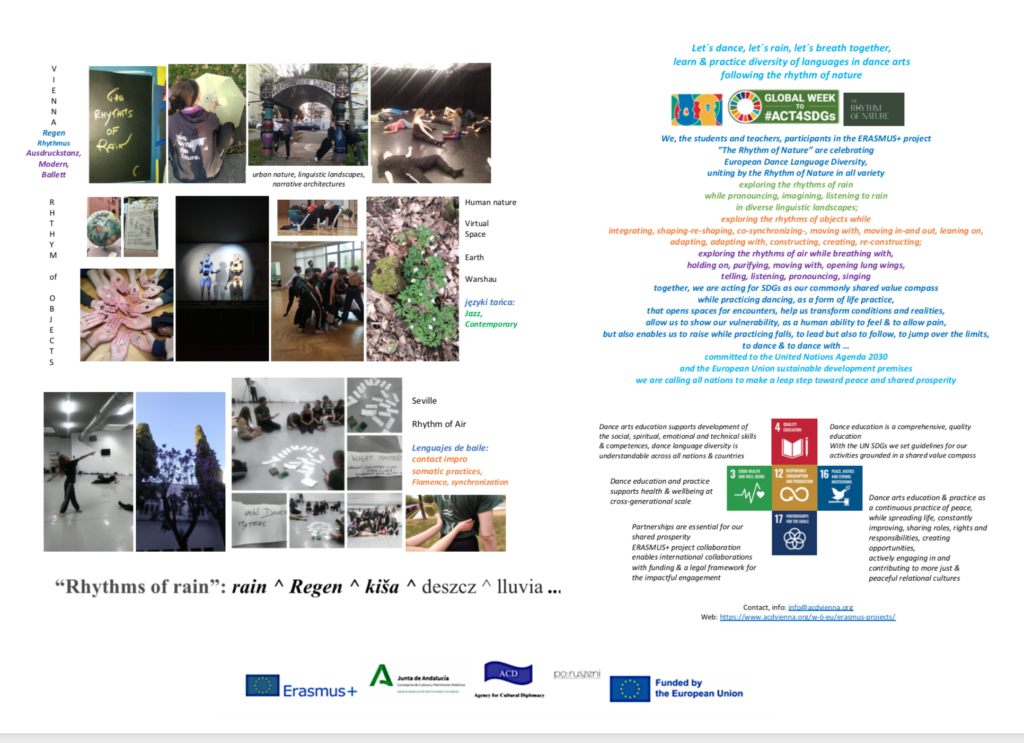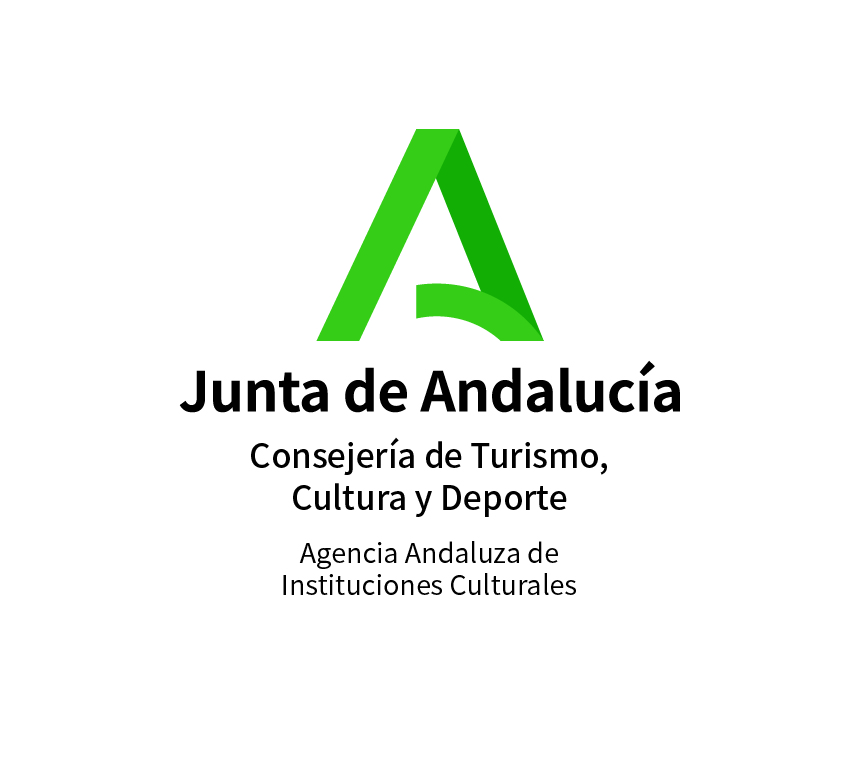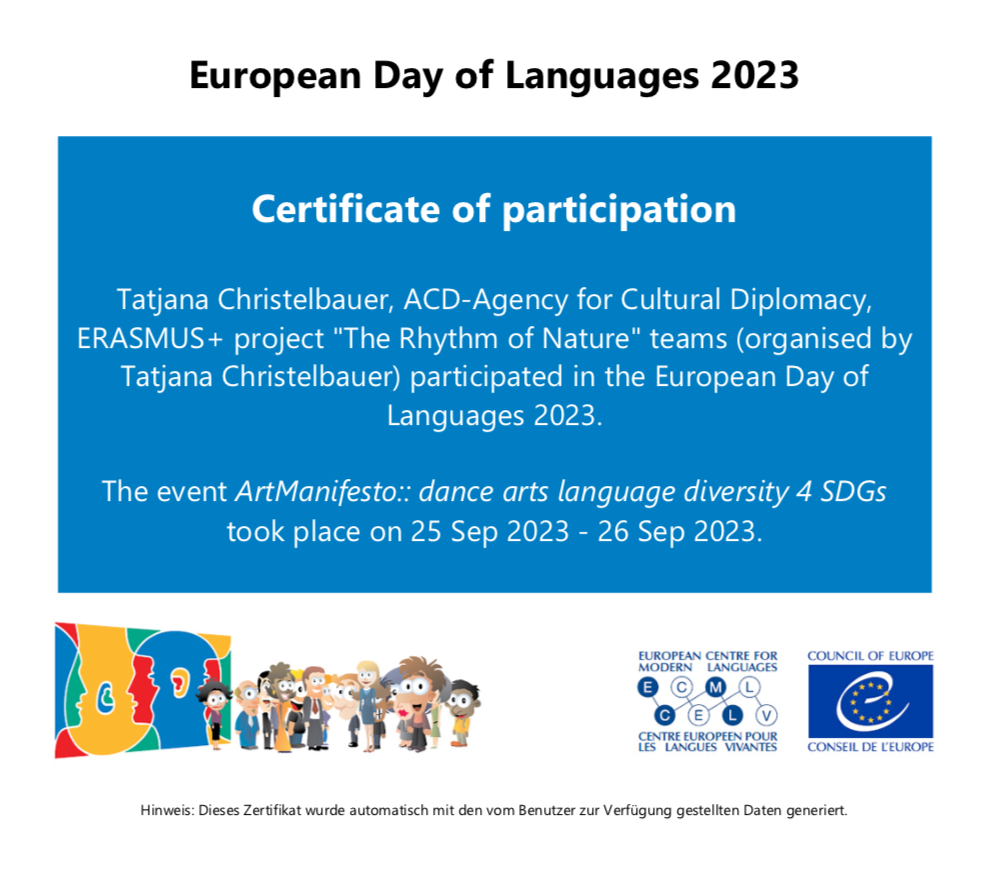
Table of content
About the project
The implementation of the “Rhythm of Nature” project stems from the willingness to learn about the working methods of teachers and choreographers from other European countries and the problems they encounter in their pedagogical and creative work. The project is an opportunity for a creative discussion on the selection of methods and techniques used to work with dancers. During the project, we develop new methods that will be a result of conducted dance laboratories, discussions and observations together with partners.
We involve people with fewer opportunities in the project. We want to create an opportunity for everyone to take part, regardless of the status or economic situation. The idea of creating this project is to take care of environmental diversity also by engaging people of different sexes and age. We want our project to raise important issues related to environmental pollution and the topic of waste segregation. We believe that dance is a suitable form and tool to educate audiences on environmental issues, as well as to sensitize them to climate aspects. On the other hand, we believe that the nature that surrounds us and its rhythms will positively influence the dancers’ expression, movement and well-being.
The project aims to highlight these topics and encourage action at local, national and international level. Educational techniques and methodology developed by people involved in the project will be an appropriate tool to create an unusual and original form of communication, addressing such important topics as environmental protection and waste segregation. Project meetings and workshops will also allow us to get to know better the culture of partner countries through common work in an international group of educators and experts.
THE RHYTHM OF RAIN
“The Rhythm of Rain” and workshop sessions were created and designed by Tatjana Christelbauer during dance laboratories in Vienna in 2022. The presented ideas are based on research and practice regarding the interaction of dance and fine arts with cognitive humanities, relational pedagogy, and international relations. The scenario combines artistic education in dance with the United Nations 2030 Agenda for Sustainable Development (17 Sustainable Development Goals). The overall scenario proposes focusing on the quality of interpersonal relations and relations between people and various environments without causing harm or leaving them behind. Inspired by the visionary art of Austrian artist and environmental activist Friedensreich Hundertwasser, who advocated for living in harmony with the laws of nature, the project offers inspiring ideas for directing ecological activities and artistic involvement in sustainable development policy. The approach to rhythm as an embedded system based on individual life experience (Margaret H’Doubler) in various coexisting environments contributes to providing guidelines for future research and practical tools for engaging intergenerational and cross-sectoral environmental education through art. The movement vocabulary for dance exercises encompasses modern dance (Graham), Austrian Ausdruckstanz (Bodenwieser), classical ballet, and contemporary dance styles such as contact improvisation and breath practices.
THE RHYTHM OF OBJECTS
Workshops entitled “The Rhythm of Objects” constituted the second of three workshop parts within the “Rhythms of Nature” project co-financed by the European Union.
“Object Rhythms” workshops were divided into three thematic parts:
- Object Rhythms (facilitated by Paweł Michno)
- Body Architecture as an Object (facilitated by Michał Przybyła)
- Movement Recycling (facilitated by Paweł Michno)
The introduction to this stage of project work was a visit to the Copernicus Science Center in Warsaw. We decided to use interactive exhibitions to experiment with movement, allowing stimuli perceived through sight, hearing, or touch to naturally pass through the bodies of dancers. This approach gave a completely new dimension to experiencing the exhibitions. Exhibitions presented at the Copernicus Science Center inspired dancers and choreographers to take further actions during workshops in the dance studio. Dancers and choreographers participating in the project workshops examined selected objects in terms of shape, surface structure, and physical properties of individual objects.
They analyzed geometric patterns, lines, proportions, and textures of objects to use them in creating original movements, sequences, and dance compositions. Objects allowed them to define the boundaries of dance space, create focal points, indicate directions of movement, or pose a challenge to explore the space around them. The shape and structure of objects influenced the creation of spatial relationships between dancers, objects, and space. Objects served as obstacles, connection points, elements of interaction, or elements that defined spatial relationships between dancers in the resulting dance composition. The tasks assigned to dancers during workshops influenced the somatic process of dancers and, consequently, their movement and the creation of dance composition.
BODY ARCHITECTURE IN SPACE
The workshops focused on the issue of body architecture in space, treating the body as a spatial, movable, and static object. The group worked under the supervision of improvisation through visualization and based on Mary Overlie’s movement practices concerning body-body, body-architecture, body-shape/pattern relationships.

During the project, three international workshops took place:
“The Rhythm of Rain”- October 2022, Vienna
“The Rhythm of Objects”- April 2023, Warsaw
“The Rhythm of Air”- May 2023, Sevilla
After each workshops there will be a script created containing description of exercises and conclusions. It will be free and available for everyone interested in broadening knowledge about working methods with dancers (and not only).
THE RHYTHM OF AIR
A technical and methodological approach to dance pedagogy and composition in the context of environmental protection, climate change, and sustainable development according to Felix Arjon – a contemporary dancer, choreographer, teacher, and contact improvisation.
The aim of these workshops was to create a space where rhythm becomes part of our overall and compositional experience, as our perception and senses are alert and sensitive and in direct relation to the natural environment.
To achieve this, a context was outlined using a series of questions to help the group of dancers reflect on and consider their relationship with the project theme and nature in general.
At the beginning of the project, the following questions were used to introduce the group of dancers to the project content:
What do we understand by the Rhythms of Nature? What rhythms can be recognized and made visible in nature? What elements create these rhythms? How do you think artists/choreographers relate to the rhythms of nature? How do they respond to them? How do they influence them? How does a dancer/choreographer respond to the rhythm of nature? How do they react to familiar or unfamiliar things? How do they read and respond to environmental cues? What is the body’s dialogue with this experience? What is the creative process or composition in relation to the environment? What channels does a dancer/choreographer use in relation to the atmosphere in which they find themselves and move? What practices arise from our relationship with nature and how can they lead to a better understanding of our relationship with the body, movement, and the environment?
The workshops were divided into two days: DAY 1. Mapping the body and sound (approximately 6 hours). DAY 2. Resources for movement research for scenic and choreographic composition (approximately 6 hours).
European Day of Languages & the Global Week Act 4SDGs

TEACHERS:

Félix A. Arjona Conejero
Professional dancer and choreographer. Gestalt therapist and movement psychotherapist. Yoga teacher. Contemporary dance and contact improvisation teacher. the online space for personal growth ‘The culture of contact’ and founder of SOMA&Play. Research and creation through contact, movement and improvisation, the Andalusian Contact Improvisation Training and Contact Camp Andalucía. wide range of professional areas.

Tatjana Christelbauer
Copper wire, wood base. I created this piece Tatjana Christlebauer -multimedia performance artist works on the interface of dance arts, science diplomacyACD-Agency for Cultural Diplomacy international association president Austrian SDG Award, Fini Dance Award, for engaging with dance arts in sustainable development

Paweł Michno
Choreographer from Poland, professional dance teacher cooperating with professional dancers in TV programs: “You Can Dance”, “World of
Dance”, “Dancing with the stars”, “Dance Dance Dance”.
Director, producer and choreographer of dance shows: “Saligia”, “Lady Fossy”, “Odwróceni”, “JUDAS” and “garden of Delights”
Trainer and choreographer of Jazz One dance group (2019 winner of IDO World Championships Jazz Dance – formation adults). Paweł Michno has a Professional Dancer Diploma, issued by ZASP (Polish Stage Artists Association) and Instructor of Dance Diploma, issued by Polish Ministry of Culture – National Cultural Centre.




